3D printed design has come a long way since its start. You can now make visual masterpieces in the comfort of your own home, just by hitting a few keys. MIT has been a leader in this technique for years. Recently, they announced a collaboration project with the German car brand BMW.
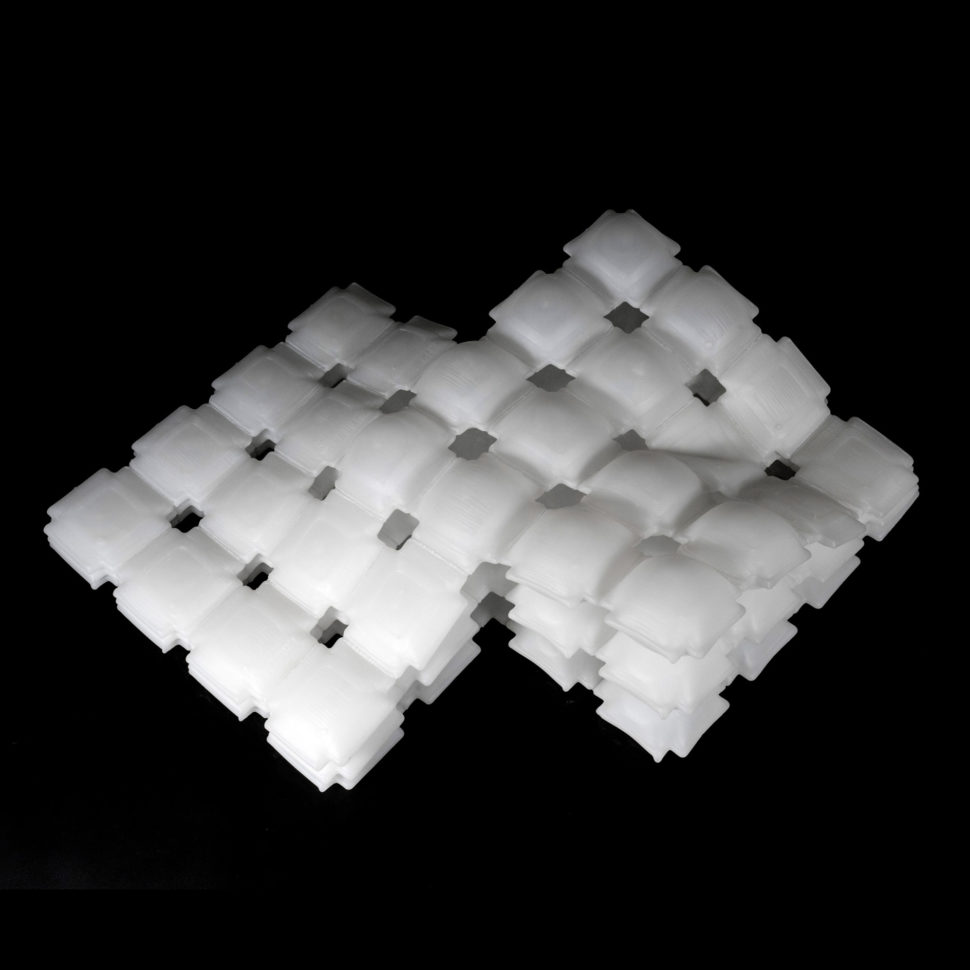
The project, called Liquid Printed Pneumatics, originated from the need for reliable, and easy to make inflatables for the interiors of cars. The outcome was meant to introduce BMW to new engineering techniques. In turn, BMW could study some of the shapeshifting features for a few of their futuristic cars. Using a 3D printed design could mean a lot faster production time, too.
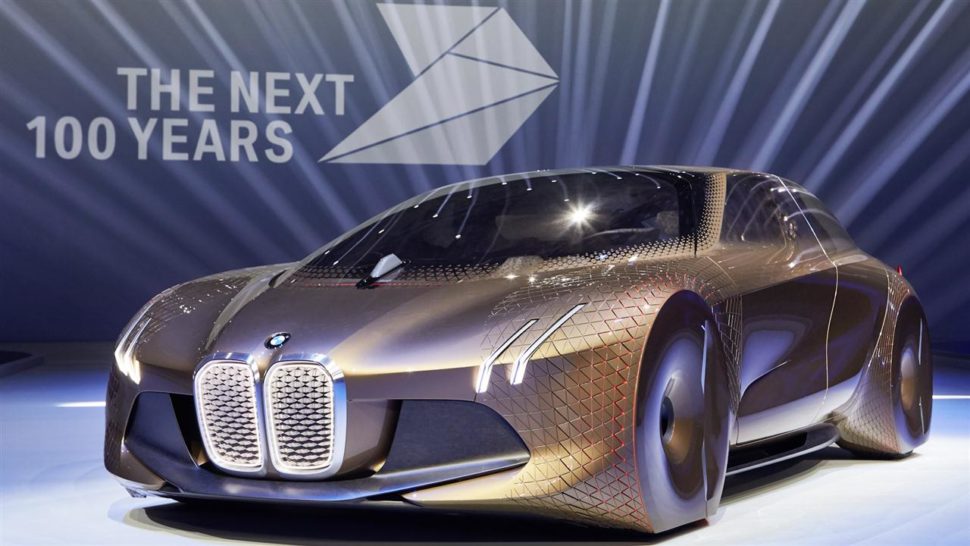
The result was astonishing. MIT developed a stretchy, silicone based prototype that could be moulded in a variety of different ways, all according the the air pressure inside.
For example, if you were to use this new 3D printed design in the interior of a car, you could easily adjust the shape of the seats, dash, and console.
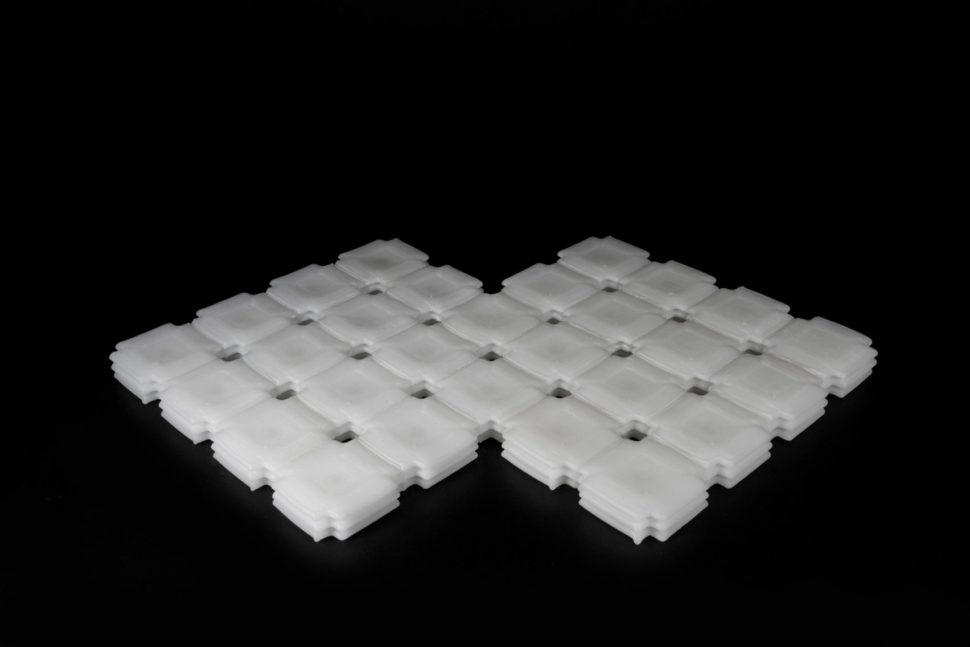
The possibilities are virtually endless. You could go so far as to say that a customer could completely change the interior of their car. Potentially, you can even add or remove seats or give more headspace.
“There is no need to lock the car of the future into any particular shape,” said head of brand vision and brand design at BMW Group Martina Starke,. “Interiors could even take on malleable, modular uses.”
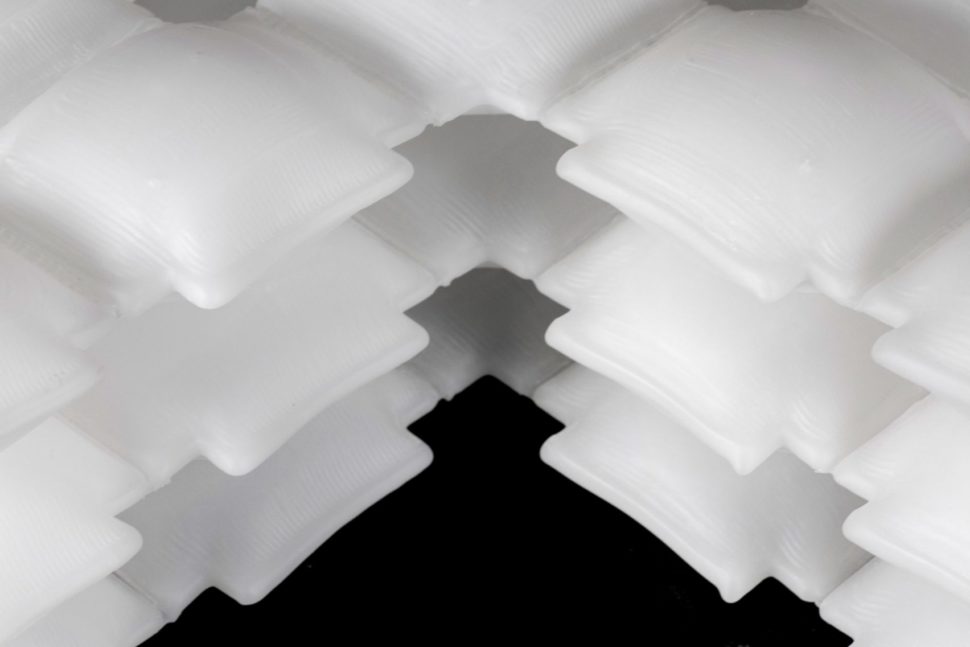
“The outcome of this collaboration manifests that a new material future is imminent,” she continued.
“Rapid Liquid Printing combines the advantages of casting with the customisation and capabilities of 3D-printing and demonstrates the first printed inflatables that can fully stretch and transform like balloons,” said Self-Assembly Lab head Skylar Tibbits.
While the original intention of the 3D printed design was for car interiors, Tibbits explains the possibilities of using such techniques in the furniture, packing, and shoe industries.
“Speed and customisation are important, but more than that, we can uniquely print with truly elastic silicone rubbers, polyurethane rubbers, foams, plastics and a variety of other materials that are difficult or impossible to print with using other forms of 3D printing,” he explains.
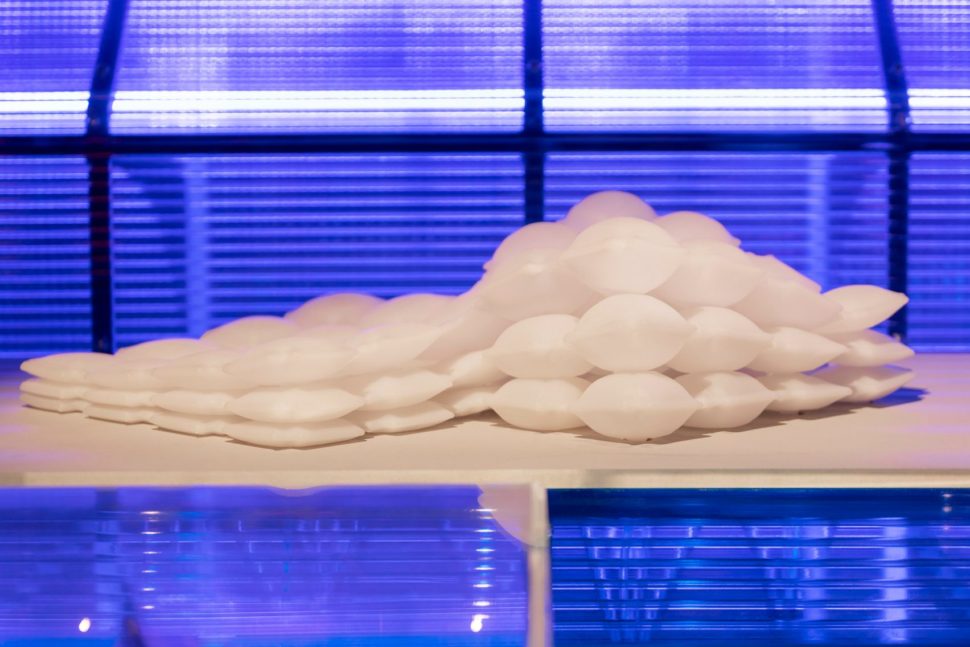
“Similarly, we can print air and watertight chambers to create the inflatables without relying on support materials as required in other printing process,” Tibbit continued. “This makes Rapid Liquid Printing uniquely situated to creating these inflatable printed structures.”
As time goes on, the team, lead by Tibbits, plans to create programmable material that can build itself.
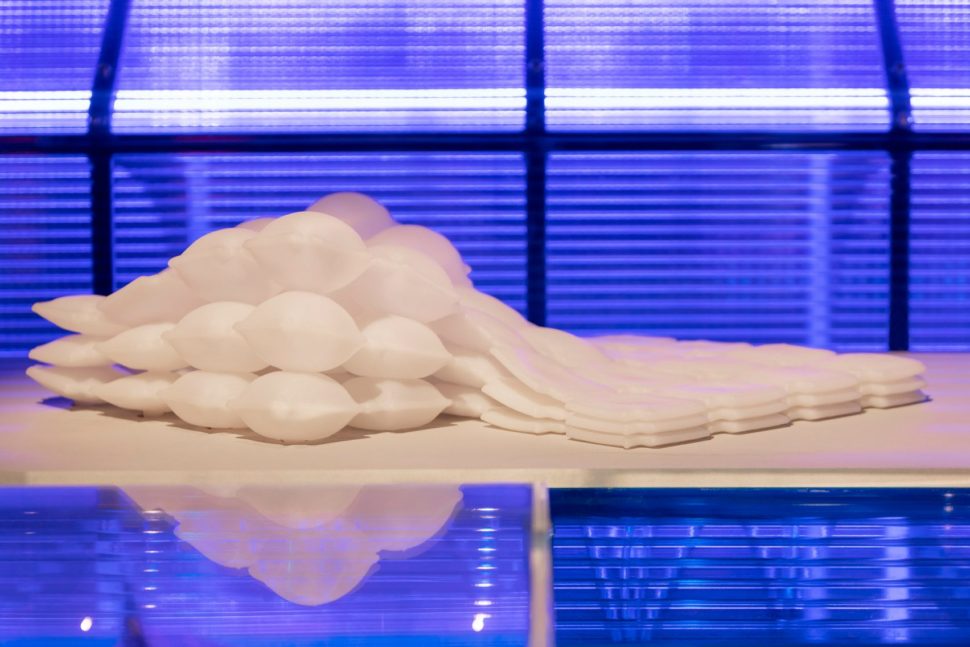
There are no plans to immediately implement this new material. This will give both MIT and BMW plenty of time to figure out its applications for the real world, and its uses for the future of cars.
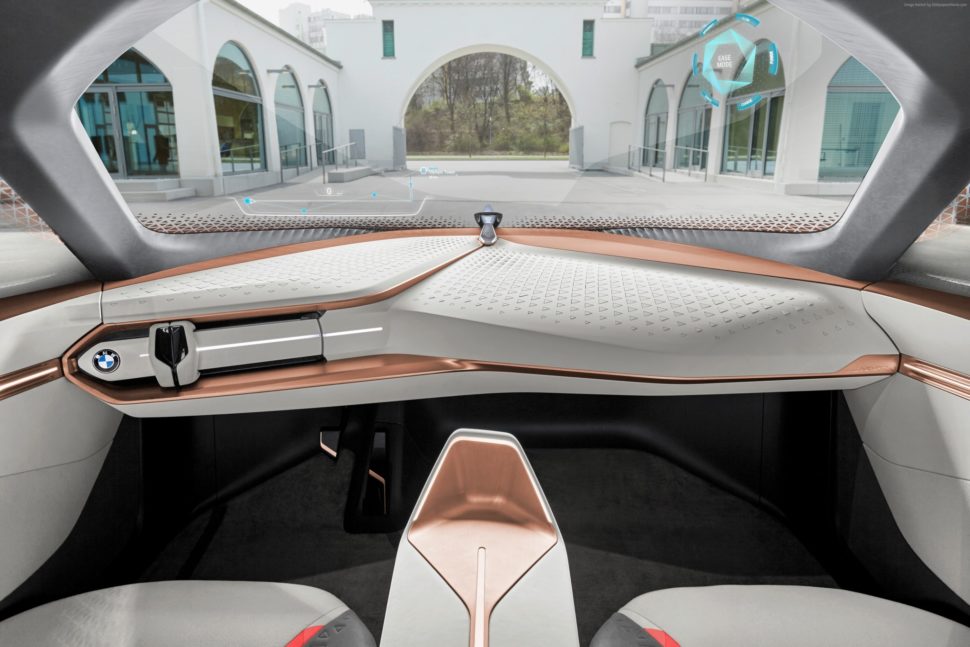
BMW is no stranger to futuristic thinking as far as the design on functionality of cars goes. The self-driving Vision Next 100 was released two years ago in 2016. The alien looking car featured a fully retractable steering wheel and a HUD built straight into the windshield.
BMW would later say that the materials used in the Vision Next 100 would be “even more important throughout the design and production process,” and that in the future it would, “allow different vehicle shapes to emerge.”
Liquid Printed Pneumatics has a lot of potential to not only change the car industry, but the world as a whole. It’s a unique twist on the 3D printed design industry. With this technique, they could make cars reusable via recycling, a lot lighter by cutting out all the heavy materials, and a lot more personal.

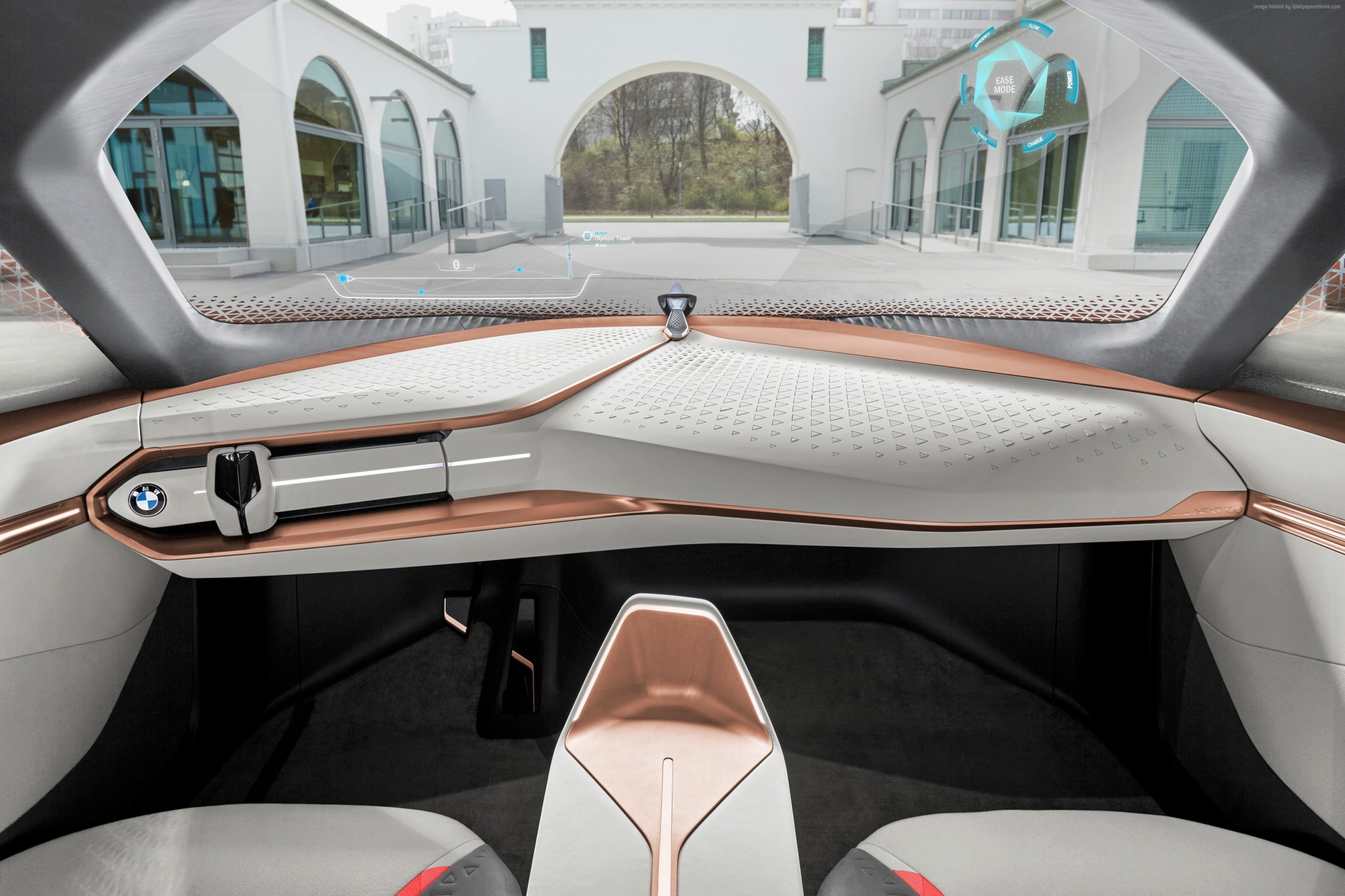




Leave a Reply